ABOUT US
BOARD OF DIRECTORS
Founded in 1968, the Hawaiʻi Museums Association (HMA) has been serving the informal learning center professionals in Hawaiʻi for fifty one years. Our roots trace back to a meeting held at Queen Emmaʻs Summer Palace in which a small group of professionals came together with the idea to create an association to be a forum for the exchange of information and ideas as well as to promote both institutional and professional standards. This same grass-roots idea of people coming together to support one another in the field still exists today as HMA has no staff or officers and depends on a volunteer board for governance and its members for support.
Our President and Board Officers
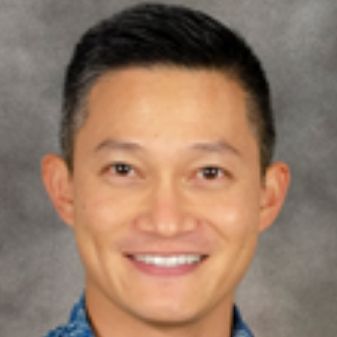
Eric Chang, President, is Coordinator of the East-West Center Arts Program where he manages gallery exhibitions, performing arts presentations, and community engagement activities. He was awarded the inaugural Taiko Center of the Pacific Fellowship, which brought him to Hawai‘i to study with taiko master Kenny Endo. He was executive director of Taiko Arts Center. He is a current board director of Arts Focus Southeast Asia and at the Performing Arts Presenters of Hawai‘i. A two-time recipient of the Folk and Traditional Arts Apprenticeship Grant from the Hawai‘i State Foundation on Culture and the Arts, and a 2017 Western States Arts Federation Emerging Leaders of Color fellow, Eric holds a B.S. in Electrical Engineering from University of California, Los Angeles.
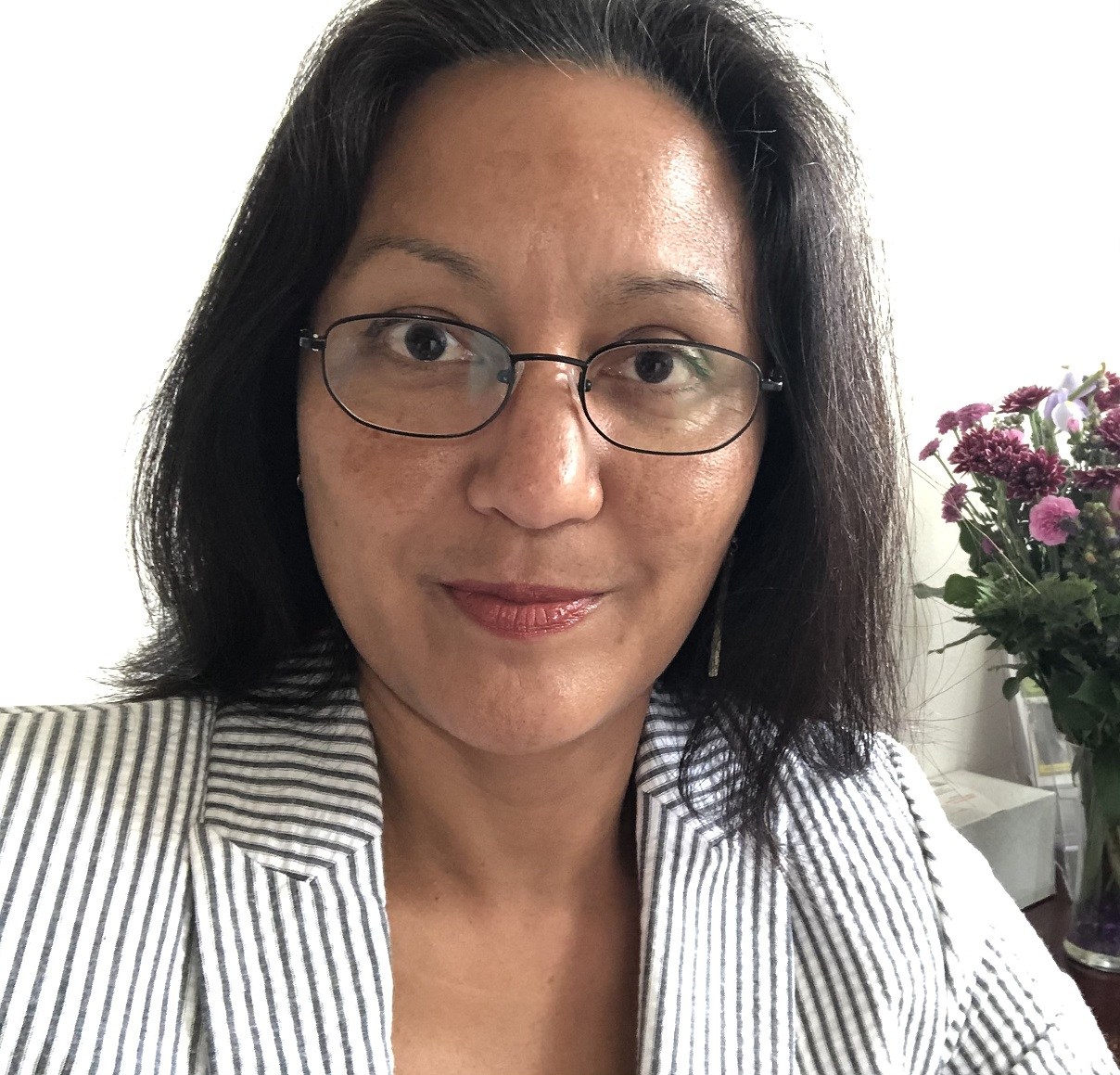
Lisa Solomine, Deputy Director of Administration at Hawaiian Mission Houses Historic Site and Archives. She has made Hawai‘i her home for the last eight years and is a native New Yorker with a background in exhibition design, curation, and arts management. Lisa has curated several exhibitions in New York City, Berlin, Wiesbaden, and London. Both her B.A. in Visual Communication, and M.F.A. in Exhibition Design/Design were awarded by Berlin University of the Arts, Germany.
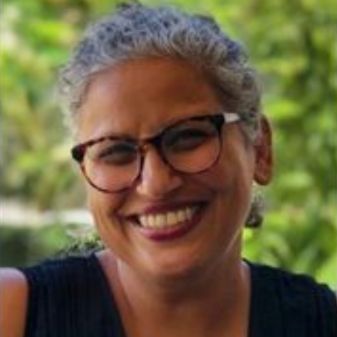
Christine Boutros joined Honolulu Museum of Art (HoMA) in June 2021, as Associate Director of Learning and Engagement. Prior to HoMA she was Associate Curator of Education at Shangri La Museum of Islamic Art, Culture & Design (Honolulu). Her experience includes working at Charlotte Street Foundation where she was a grants manager, and at Nelson-Atkins Museum of Art as the Manager of Community and Access Programs, both located in Kansas City, MO. Hailing from Melbourne, Australia, Boutros completed her undergraduate degree in Planning and Design from the University of Melbourne and a post-graduate diploma in Education. Boutros comes with years of experience in both traditional education and arts education in a museum setting, along with a passion for creating inclusive environments to ensure equitable access to the arts.

Alice Cabael Kaʻahanui, Secretary, is the Executive Director of the Moloka‘i Arts Center. Born and raised on Molokai, she recently moved back home after 15 years on O‘ahu where she was St. Andrew’s Priory Principal’s Assistant, Alumni Relations & Events Coordinator, and Kamaka Hawai‘i Office Administrator. She graduated from Chaminade University of Honolulu with a BA in Communications. The daughter of a Sakada and current homesteader with her husband and son, she has been doing Filipino & Hawaiian genealogy research for over 30 years with particular interest in Moloka‘i’s rich cultural history.

Frank Hay, Treasurer, has long been active as a volunteer and a trustee in museums. His experience includes volunteering at the Bishop Museum while an undergraduate in anthropology at UH Mānoa and, currently, for Hui o Laka and the Koke’e Natural History Museum, and the National Tropical Botanical Garden on Kauaʻi. Frank is a retired program manager for the US Navy. He is a graduate of ‘Iolani School, and has both undergraduate [BA] and graduate degrees [MBA] in Decision Sciences from the University of Hawaiʻi.
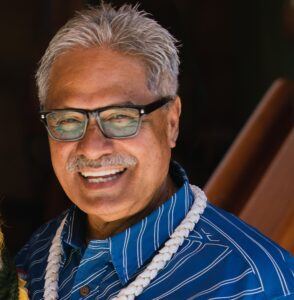
Chucky Boy Chock, is the Executive Director of the Kauaʻi Museum. As the director of this museum, he wears many different hats from facilities maintenance to education to marketing. He finds his work to constantly inspire him and that is truly an honor to mālama treasured objects that share some of the most beautiful stories in the world. He looks forward to leading the Kauaʻi Museum into the future and to ensure its preservation and existence for future

Jonathan Clark, is Assistant Director at Maui Arts & Cultural Center’s Schaefer International Gallery, where he has been involved in the curation and implementation of the gallery’s exhibits program and facilitated its educational offerings since 2019. Born and raised on Maui, he received an MFA in Studio Art from New York University and a BFA in Painting from Washington University in St. Louis with a second major in East Asian Studies, in addition to spending time as a research student in printmaking at Kyoto Seika University in Japan. As a multi-disciplinary artist, he maintains an active studio practice and has exhibited at venues in Hawai’i and New York.
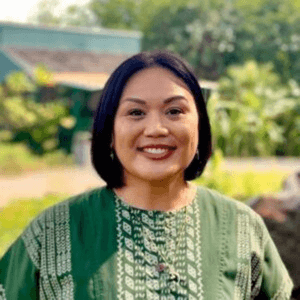
Kamalu du Preez, is Kanaka ʻŌiwi and has worked in the museum field for 18
years. She currently serves as the Assistant Collection Manager for Ethnology at
the Bernice Pauahi Bishop Museum in Honolulu. She has a B.A. in Anthropology
& Art from the University of Hawaiʻi at Mānoa. Kamalu is an advocate for
decolonization and indigenous agency within museum institutions, and she is a
dedicated kapa practitioner and community educator
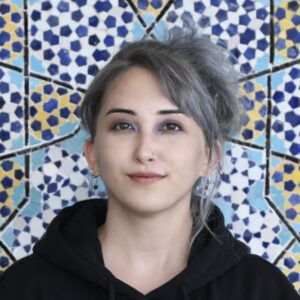
Kristin (Kris) Remington, is the Associate Curator of User Experience (UX) at the Shangri La Museum of Islamic Art, Culture & Design on O‘ahu. Remington grew up in Ha‘ikū, Maui, and has an MA in South and Southeast Asian Art History and a Graduate Certificate in Museum Studies from the University of Hawaiʻi at Mānoa. Their research interests include interactive media and the use of gamification in museums. Their current work investigates emerging technology as arts and humanities tools to generate fun, empathy, education, and epic wins – while also challenging topics of representation and inclusion in the rapidly evolving technology sector.
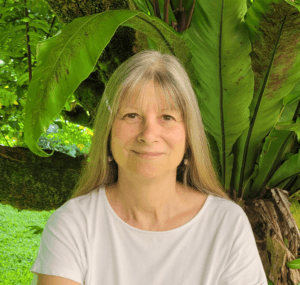
Carol Walker, Nū hou Newsletter Editor, recently assumed the position of Executive Director of the East Hawai’i Cultural Center, having served on the EHCC Board as treasurer and then as vice chair. She spent most of her career in Micronesia, Mozambique, Egypt, and Indonesia, working in government-funded development projects and with non-profits. She held several editorial positions with the premier publisher of English language magazines in Egypt, and went on to found and manage Prakarsa, a bilingual Indonesian-English technical journal. During her 17 years in Indonesia, Carol played with several amateur Javanese gamelan groups. She established EHCC’s community gamelan group, Gamelan of the Molten Blossom, in summer 2018.
